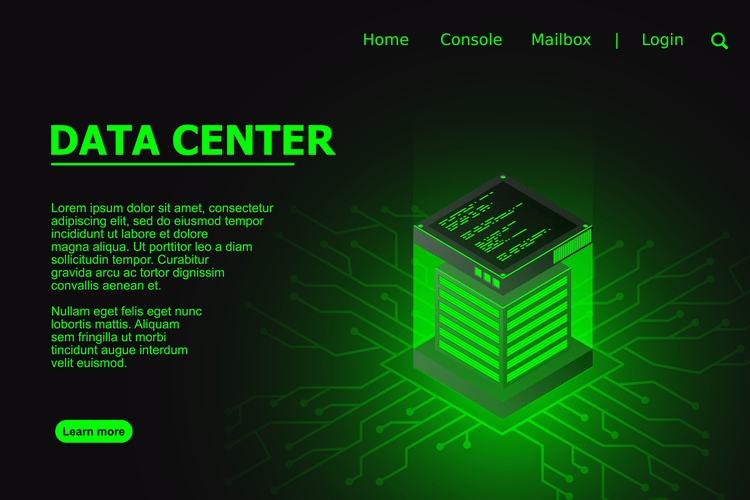During this stage of the system lifecycle, subsystems that perform the desired system functions are designed and specified in compliance with the system specification. Object-oriented analysis and design (OOAD) is the process of analyzing a problem domain to develop a conceptual model that can then be used to guide development. During the analysis phase, a programmer develops written requirements and a formal vision document via interviews with stakeholders. Security is an essential aspect of any software development process. However, unlike traditional software development that addresses security as a separate stage, SDLC addresses security every step of the way through DevSecOps practices. SDLC or the Software Development Life Cycle is a process that produces software with the highest quality and lowest cost in the shortest time possible.
- In this third phase, the system and software design documents are prepared as per the requirement specification document.
- Most solution providers use the waterfall life cycle approach for software solution development.
- Test criteria are met prior to implementation of operational software.
- Phases 4 through 7 represent an iterative process whereby a prototypical ES is evolved, and the final prototype developed through these iterative phases is installed in an operating environment.
- With the vision of meeting the customers’ needs, the bank has requested your services to examine the current system and to come up with solutions or recommendations of how the current system can be provided to meet its needs.
- In the Agile method, the entire project is divided into small incremental builds.
In systems design, functions and operations are described in detail, including screen layouts, business rules, process diagrams, and other documentation. Modular design reduces complexity and allows the outputs to describe the system system development life cycle sdlc as a collection of subsystems. During this step, current priorities that would be affected and how they should be handled are considered. A feasibility study determines whether creating a new or improved system is appropriate.
What Is the Software Development Life Cycle? SDLC Explained
This led to a high number of bugs that remained hidden as well as increased security risks. The agile model arranges the SDLC phases into several development cycles. The team iterates through the phases rapidly, delivering only small, incremental software changes in each cycle. They continuously evaluate requirements, plans, and results so that they can respond quickly to change.

Quality analysis includes testing the software for errors and checking if it meets customer requirements. Because many teams immediately test the code they write, the testing phase often runs parallel to the development phase. More specifically, the SDLC defines the different stages, steps and processes for designing and developing software.
What is SDLC (Software Development Lifecycle)?
It’s also important to know that there is a strong focus on the testing phase. As the SDLC is a repetitive methodology, you have to ensure code quality at every cycle. Many organizations tend to spend few efforts on testing while a stronger focus on testing can save them a lot of rework, time, and money.

Each project has its own level of complexity in planning and execution, and often within an organization, project managers employ numerous SDLC methods. Even when an enterprise utilizes the same methods, different project tools and techniques can differ dramatically. Systems analysis and design (SAD) can be considered a meta-development activity, which serves to set the stage and bound the problem. SAD interacts with distributed enterprise architecture, enterprise I.T. Architecture, and business architecture, and relies heavily on concepts such as partitioning, interfaces, personae and roles, and deployment/operational modeling to arrive at a high-level system description.
Phase 6: Installation/Deployment
This model works best for small projects with smaller size development team which are working together. It is an ideal model where requirements is either unknown or final release date is not given. The SDLC process consists of seven phases, including planning, design, testing, and maintenance. Every phase can be supplemented by various tools to support the phase’s main goal.
Part 5: Use Cases for the SBOM Office of the CTO Blog – Office of the CTO Blog
Part 5: Use Cases for the SBOM Office of the CTO Blog.
Posted: Thu, 28 Sep 2023 19:45:11 GMT [source]
This demand can be primarily linked to the agile model’s flexibility and core principles. By its core principles, we mean adaptability, customer involvement, lean development, teamwork, time, sustainability, and testing, with its two primary elements being teamwork and time (faster delivery). So rather than creating a timeline for the project, agile breaks the project into individual deliverable ‘time-boxed’ pieces called sprints. This model prioritizes flexibility, adaptability, collaboration, communication, and quality while promoting early and continuous delivery. Ultimately, all this ensures that the final product meets customer needs and can quickly respond to market demands.
Life cycle
However, technology has evolved, systems have become increasingly complex, and users have become accustomed to well-functioning technology. Models and frameworks have been developed to guide companies through an organized system development life cycle. Today, the traditional approaches to technology system development have been adjusted to meet the ever-changing, complex needs of each unique organization and their users. Below you will find sequential steps to SDLC, but each company will vary in their process. The software development lifecycle, or SDLC, is a systematic process for building software.
If it performs well, the organization sends out the product as a whole. After retrieving beneficial feedback, the company releases it as it is or with auxiliary improvements to make it further helpful for https://www.globalcloudteam.com/ the customers. After the development of the product, testing of the software is necessary to ensure its smooth execution. Therefore, at this stage, all the probable flaws are tracked, fixed, and retested.
Agile Method of Software Development
Any issues need to be fixed before moving forward with deployment. You’ll also need to manage how the system will integrate into existing systems, software, and processes. Each stage in the SDLC has its own set of activities that need to be performed by the team members involved in the development project.

All changes to a system must be formally controlled via the Forensic Laboratory change control process, as defined in Chapter 7, Section 7.4.3. The security issues for a development must be identified by a formal risk analysis. Difficult to define requirements at the beginning and difficult to change at a later stage.
Aligning to the SDLC
This SDLC is detailed in the KU Systems Development Life Cycle (SDLC) Standards document. Some methodologies offer specific outlines to go through this process to prevent costly mistakes or to speed up development. However, all methods are aimed at moving systems through the various relevant phases. The prototype expert systems development commences with project approval. Phases 4 through 7 represent an iterative process whereby a prototypical ES is evolved, and the final prototype developed through these iterative phases is installed in an operating environment. The next section presents more detailed descriptions of each phase and discusses existing literature and findings in light of these phases.
 Cổng thông tin Khoa học và Công nghệ ngành Ngân hàng
Cổng thông tin Khoa học và Công nghệ ngành Ngân hàng